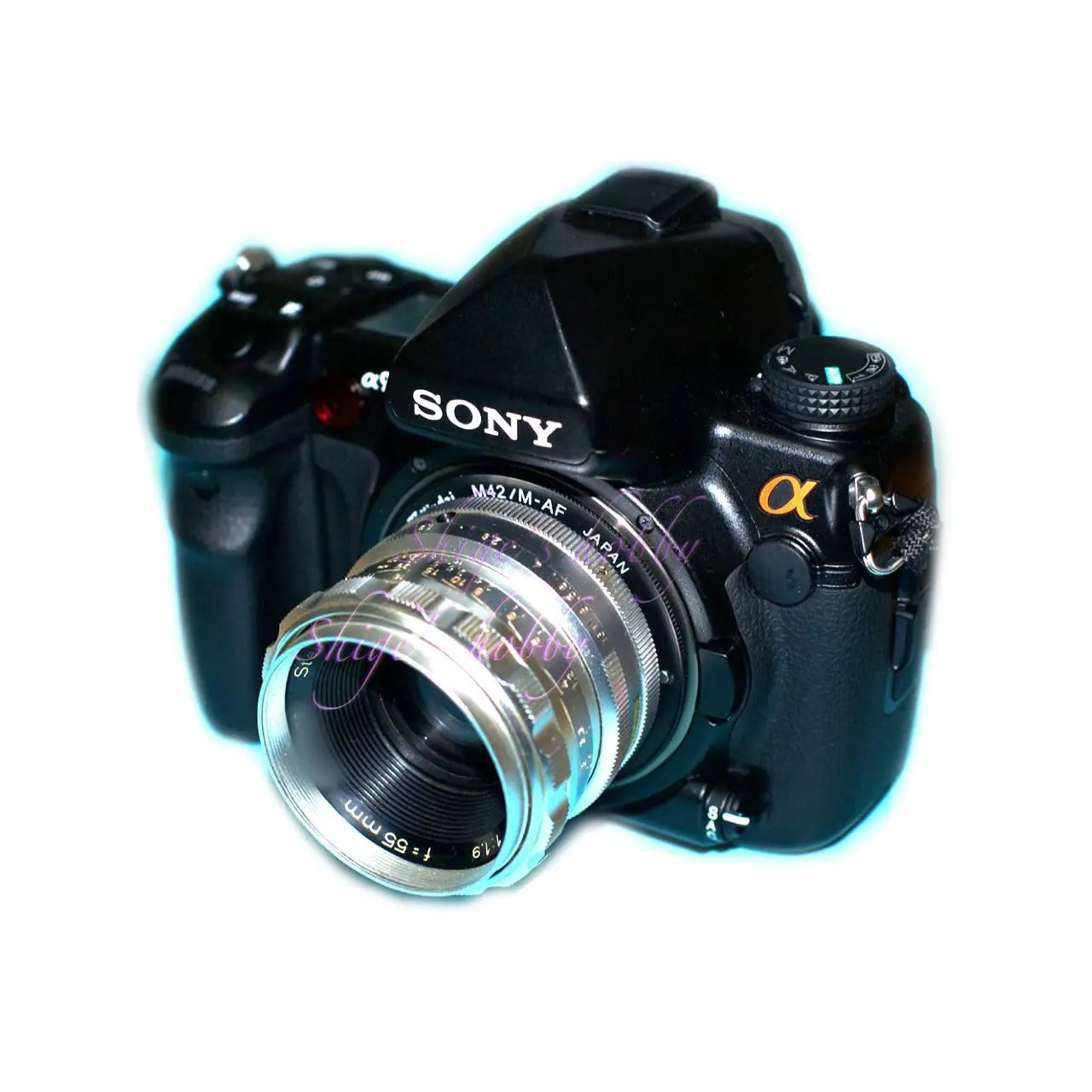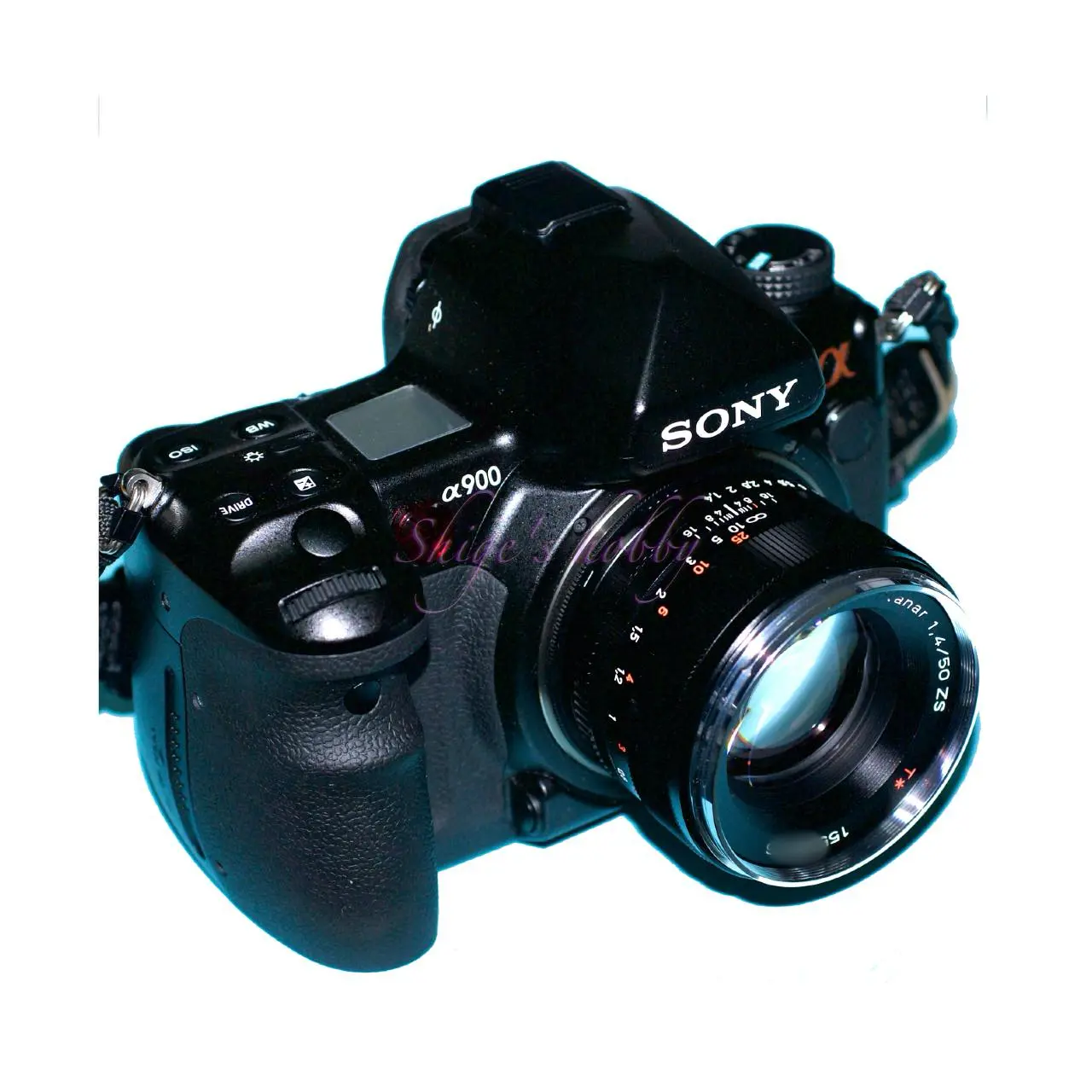Last updated on 2025-07-20
A review and Photo Examples of the α900 Digital SLR Camera
- Please see the disclaimer regarding advertising here.
- Italicized links in the text are advertisement links that take you to other sites.
Table of contents
Gallery
The lens used in the photo examples is
- SONY CARL ZEISS SONNAR 135mm ZA
- Carl Zeiss Planar 50mm F1.4 ZS
- Voigtlander APO LANTHER SL 90mm F3.5
- Voigtlander COLOR HELIAR SL 75mm F2.5
- Voigtlander ULTRON SL 40mm F2
- Auto topcor 58mm
- Tamron SP 151b 17mm
Review


1.Overview
The α900 is Sony’s flagship pentaprism SLR camera, succeeding the Minolta camera.
It’s a camera that feels like it’s finally come this far since the Minolta era, with a 24MP 35mm full-frame sensor that can be used with Minolta α lenses, in-body image stabilization, and a highly refined fusion of analog and digital technology.
The body is large, measuring 16cm wide, 12cm high, and 8cm deep. In this state it weighs 850g.
With the vertical grip attached, the height increases to 16cm and the weight exceeds 1kg.
When holding the camera, it has a mode dial on the left shoulder and two rotary dials on the right.
There is also a joystick on the back for menu operation, so the operation buttons are sufficient.
The viewfinder screen can also be replaced.
2.Usability
The α900 has a good viewfinder, and it’s really fun to manually focus on it.
After looking through the viewfinders of several SLR cameras, the α900 viewfinder is one of the best among 35mm cameras.
The focusing screen can be replaced, and in addition to the standard screen, the M type, which makes it easier to find the focus peak with bright lenses, and the L type with grid lines are also sold. Focusing screens are no longer used on mirrorless cameras, but one of the joys of using an SLR camera is being able to replace the screen to suit your shooting purpose.
It was not a quiet camera, by any stretch of the imagination, as it made a loud mirror drive sound and shutter sound when shooting. Anyone who has been using SLR cameras for a long time will understand how those sounds lift your spirits when you are taking pictures. That’s why modern cameras are so quiet, I’m surprised.
As of 2023, I have two SLR cameras, the LEICA S Typ007 and the SIGMA SD10/SD14, and I remember that it made about the same amount of noise as the LEICA S Typ007.
For a Sony camera, the button layout was decent and I had no trouble operating it.
With a film camera, the ISO sensitivity could only be changed by changing the film, but with a digital camera, it could be changed within the sensor’s specifications, and the α900 could be set to a maximum ISO sensitivity of 3200 in normal settings (6400 in extended settings).
As far as I could see on the monitor, ISO800 was the limit for regular use, and ISO1600 was for emergencies.
The battery used was the NP-FM500H, which is standard for α SLR cameras, and it lasted a long time for Sony, which frequently changes its battery model numbers. Voltage: 7.2V, capacity: 11.5Wh (1600mAh), it has 1.5 times the capacity of the NP-FW50 for mirrorless cameras. Of course, I understand that mirrorless cameras and SLR cameras use different amounts of electricity, so the optimal size and battery capacity are selected for each camera, but a larger battery capacity gives you peace of mind.
It has been working for about two years as a mother ship for M42 lenses and MINOLTA-α lenses.
The lens I used most with this camera was the CarlZeiss Sonnar 135mm-ZA, and I enjoyed it a lot with its good body and sensor that can be used for everything from the latest lenses to old lenses.
I thought about getting it again a few years ago, but at that time I bought a used EOS-1DsMKIII that was lined up, and so far I have not been able to get it a second time. I would like to use Leica R lenses if I could attach them without modification. However, due to the relationship between the flange back length of the R mount and A mount, the lens cannot focus infinity even when attached via a mount adapter, making it impossible to use. For this reason, mount adapters are not commercially available.
As we enter the 2020s, body prices have fallen, but lens prices have been rising. This is because the number of compatible cameras and lenses has decreased due to supply and demand issues.
3.Summary
The α900 is the pinnacle and final model of MINOLTA’s α SLR cameras.
At this point, if you have a set of A-mount lenses and a body, you can use it until it breaks.
The A-mount has a long flange back, so it’s unfortunate that the mount adapter play is limited to M42 lenses, and I still wish the flange back was 44mm, the same as Canon EF and EOS.
Specification
The next-generation α99 camera has no optical viewfinder and is equipped with an EVF, and although it has a mirror, it is built in almost the same way as a mirrorless camera. The advantage is that the mount is A-mount, so all A-mount lenses, including old A-mount lenses, can be used in the same way as with past α SLRs.
Also, the α99’s standard ISO sensitivity setting has been expanded to 25600, which shows the evolution of the sensor over the past four years.
The final A-mount camera, the α99II, has increased the sensor pixel count to 42 megapixels and maintains the same ISO sensitivity as the α99. After this camera, the transition will be completely to mirrorless cameras.
| Model name | α900 | α99 | α99II |
| Sensor Pixels | 24 megapixels | ← | 42 megapixels |
| Sensor Size | 35mmフルサイズ | ← | ← |
| Back LCD and Pixels | 3.0 920,000 dots | 3.0 1.28 million dots | ← |
| View Finder | Fixed eye level Pentaprism used | EVF 2.36 million dots | ← |
| Viewfinder Magnification | 0.74 | 0.71 | 0.78 |
| Max Shutter Speed | 1/8000 | ← | ← |
| ISO sensitivity | 200-3200 (100-6400) | 100-25600 (50-25600) | ← |
| Battery | NP-FM500H | ← | ← |
| Recorded media | CF/MS | SD/MS | ← |
| Release date | 2008.10.23 | 2012.10.26 | 2016.11.25 |
| Size(mm) | 156.3× 16.9× 81.9 | 147× 111.2× 78.4 | 142.6 x 104.2 x 76.1 |
| Weight(g) Body only | 850 | 733 | 770 |
Options
- Vertical position grip VG-C90AM (2 batteries can be mounted)
- Remote Commander: RMT-DSLR1, RM-S1AM, RM-L1AM
Reference links
- SONY α900 official page
- Dejicame watch new camera review A900(Japanese)
- SONY SONNAR 135mm ZA ・Shige’s hobby
- Carl Zeiss Planar 50mm F1.4 ZS ・Shige’s hobby
- Voigtlander APO LANTHER SL 90mm F3.5 ・Shige’s hobby
- Voigtlander COLOR HELIAR SL 75mm F2.5 ・Shige’s hobby
- Voigtlander ULTRON SL 40mm F2 ・Shige’s hobby
- Auto topcor 58mm ・Shige’s hobby
- Tamron SP 151b 17mm ・Shige’s hobby
Update history
- 2025.5.7
- 2024.12.17
- 2024.02.28:Update
- 2023.11.04:First draft
Affiliate Link
- Please see the disclaimer regarding advertising here.
- Italicized links in the text are advertisement links that take you to other sites.

Amazon Prime Sale



Be First to Comment